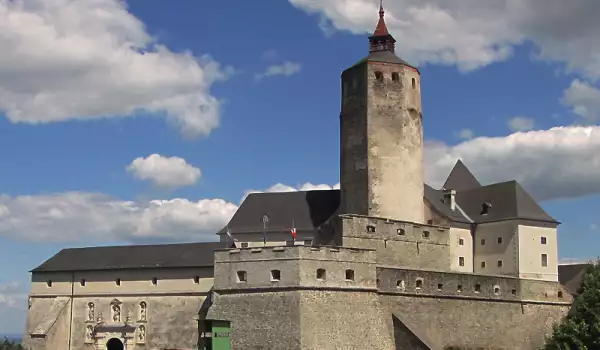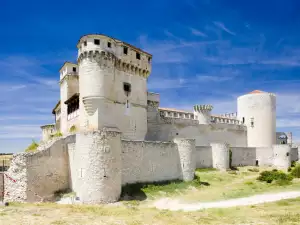Forchtenstein Castle

Forchtenstein Castle offers visitors an amazing journey back in time to the years of the Middle Ages. This attractive castle attracts thousands of tourists annually and is located near the town, which is part of the Burgenland province in Austria.
From the height upon which the castle was built is particularly impressive. From the highest hill you can get a wonderful view to the surrounding Wulka Valley. Forchtenstein is a little town of Mattersburg.

The palace Forchtenstein and its rich history is depicted in photographs, paintings, tools and real objects that can be reached via a steep path. The foundations of the castle with it’s 50-foot fence wall were laid in the early 15th century by the Lords of Mattersburg. However, later the name changed to, Lords Forchtenstein. Around 1450 saw the end of the reign of Lords because the last man ever died and there were no male heirs.
Castle Forchtenstein passes into the hands of the Habsurgs - House of Habsburg, who owned the castle for a period of 170 years. Habsburg - Forchtenstein was rented to others, including to the counts of Weissbriach and Hardegg. About this time the construction of Forchtenstein saw changes and restorations.
In the 17th century thanks to the architect - Domenico Carlone castle Forchtenstein was significantly decorated with beautiful Italian ornaments. Then the function of the castle changed radically. Suddenly it became a warehouse for weapons, various archives, watches, machinery and other kinds of products. Even exotic animals lived in Forchtenstein.
In the 18th century, a large-scale restoration of the castle again changed its appearance - the roof was raised and the interior was pretty updated.
Castle Forchtenstein has a very valuable treasure vault, which managed to remain hidden even during World War II. Currently the palace is owned by the Earl of Esterhazy. Today in the halls of Forchtenstein castle you can look at the incredibly interesting historical collections of art objects and other treasures of medieval weapons. Most of them are from when the Turks tried to conquer Europe. From this period dates the attractive picture of Count Dracula.















